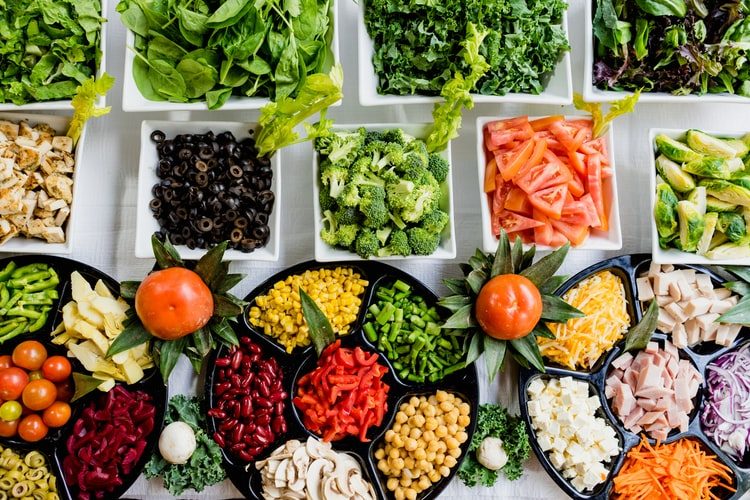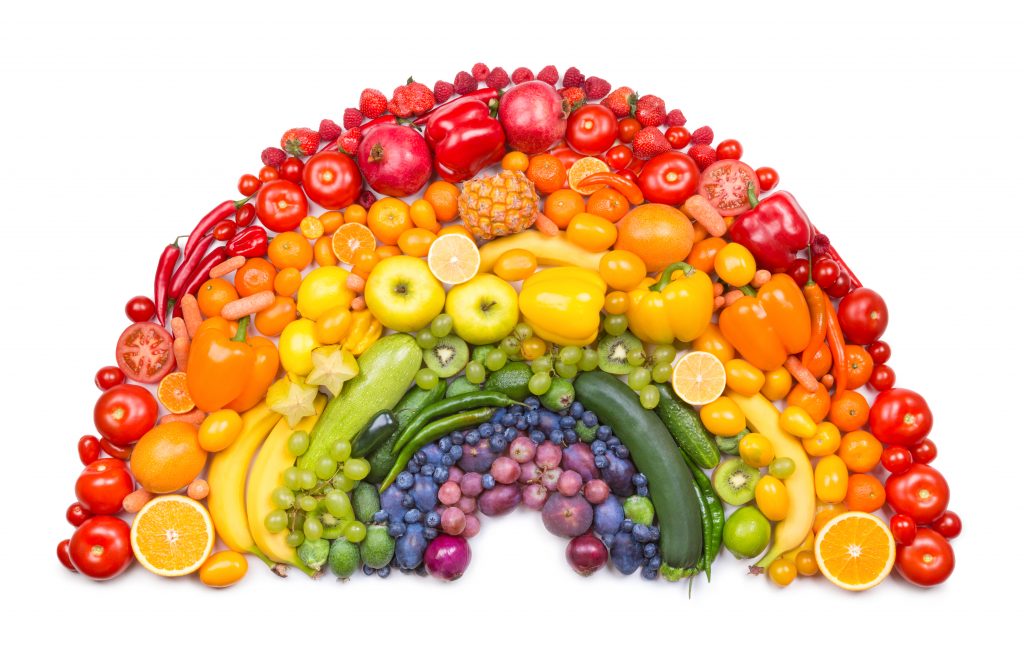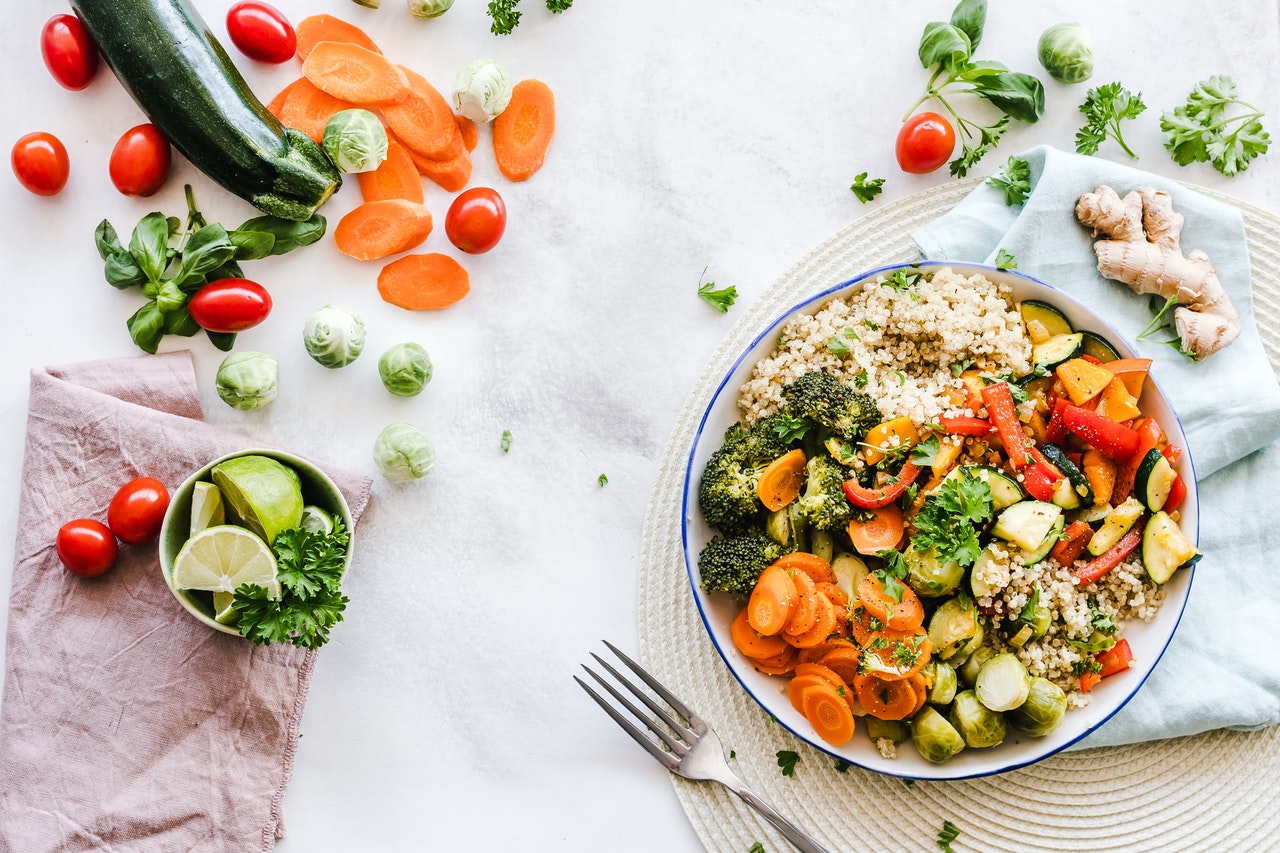
Table – calories, carbs and glycemic index
A lot of recommendations suggest that there is not an ideal percentage of calories or amount of carbohydrates for all…

The level of blood glucose is influenced by both the amount of carbohydrates consumed and their type, and that’s where the concept of glycemic index comes from. Controlling the total carbohydrate intake in your diet is important to achieve optimal glycemic control. According to current recommendations, the amount of carbohydrates in the diet of people with diabetes should be personalized and depends on many factors. However, it is recommended that the carbohydrates should on average amount to 45% of the energy value of the diet.
The glycemic index is a common and important concept in terms of dietary principles in diabetes. It describes the rate of increase in blood glucose after consuming a specific product containing 50 g of digestible carbohydrates compared to the rate of increase in blood glucose after consuming the same amount of carbohydrates from glucose or white bread.
It has been assumed that GI for glucose is 100 and other products refer to this value. It is worth remembering that the glycemic index only applies to products that contain carbohydrates, such as bread, cereal, pasta, rice, vegetables and fruit. The concept does not apply to products that are only a source of protein and fats, e.g. meat, fish and oils.

The diet in diabetes should be based primarily on low-glycemic-index food (<55) and optionally on products with medium GI (55-70). They will cause a slow increase in blood glucose levels and reduce glycemic fluctuations throughout the day. In contrast, products with a high GI (> 70) are not recommended because their consumption quickly increases the level of glucose in the blood. Therefore, it is worth trying to avoid such products in the daily diet.
It is very helpful to use charts that show the GI of individual products. Thanks to the Google Assistant from wellwithdiabetes.com you can also ask your smartphone about the value of the glycemic index of a particular product. See how you can use it.
It’s advisable to know what will additionally affect the GI value of a certain product. The first such factor is heat treatment. Products after cooking will have a higher GI than before processing. For example, raw carrots have a lower GI than cooked ones. Pasta cooked al dente will also have a much better effect on glucose levels compared to its overcooked version.
Another factor which affects the value of the index is the degree to which a product is fragmented – the more we crush it, the faster the blood glucose will rise after we consume it. For this reason, it is better to have whole fruit and vegetables instead of puree or mousse.
Ripeness and product variety are also important. A more ripe fruit has a higher index. You should therefore make sure that the fruit you buy is not too ripe.
Remember that fiber, e.g. in the form of bran, is your ally. It will delay the absorption of carbohydrates, and thus lower the GI.
People with diabetes should also make sure that their meals are wholesome and that in addition to carbohydrates, they also contain proteins and fats. These macronutrients contribute, just like fiber, to the delay in the absorption of sugar contained in a meal.
The last factor which affects the value of GI is the length of your meal. Therefore, try to eat slowly and chew thoroughly. Eating fast will also increase your blood glucose after a meal.

In recent years, the focus has been not only on GI, but also on glycemic load in the diet of diabetics. Glycemic load takes into account the impact of the type of product consumed as well as the quantity. It is defined as the product of GI and carbohydrate content in a given portion of the product.
While the index predicts the extent to which carbohydrates in food increase blood glucose, the total increase in glycemia after eating a specific meal depends on both the quality and quantity of carbohydrates consumed. Products that have a high glycemic index may have a low load. It depends on the size of the portion.
We divide glycemic load values into the following three categories:
We can conclude that products with high GI are not always associated with high blood glucose values. However, it is worth paying attention to the right portion of the product.

 Read more
Read more

A lot of recommendations suggest that there is not an ideal percentage of calories or amount of carbohydrates for all…

Metabolic control of diabetes is influenced not only by the treatment method and lifestyle changes, but also by the patient’s…

What causes type 2 diabetes Diabetes belongs to the group of metabolic diseases characterized by hyperglycemia, i.e. too high blood…

Diet for diabetes – what to eat and what to avoid in diabetes The treatment of diabetes should be comprehensive…

Type 1 diabetes: what is it? Type 1 diabetes is called in Latin: Diabetes mellitus typi 1, previously described as…

It has been assumed that glycemic index (GI) for glucose is 100 and other products refer to this value. It…
